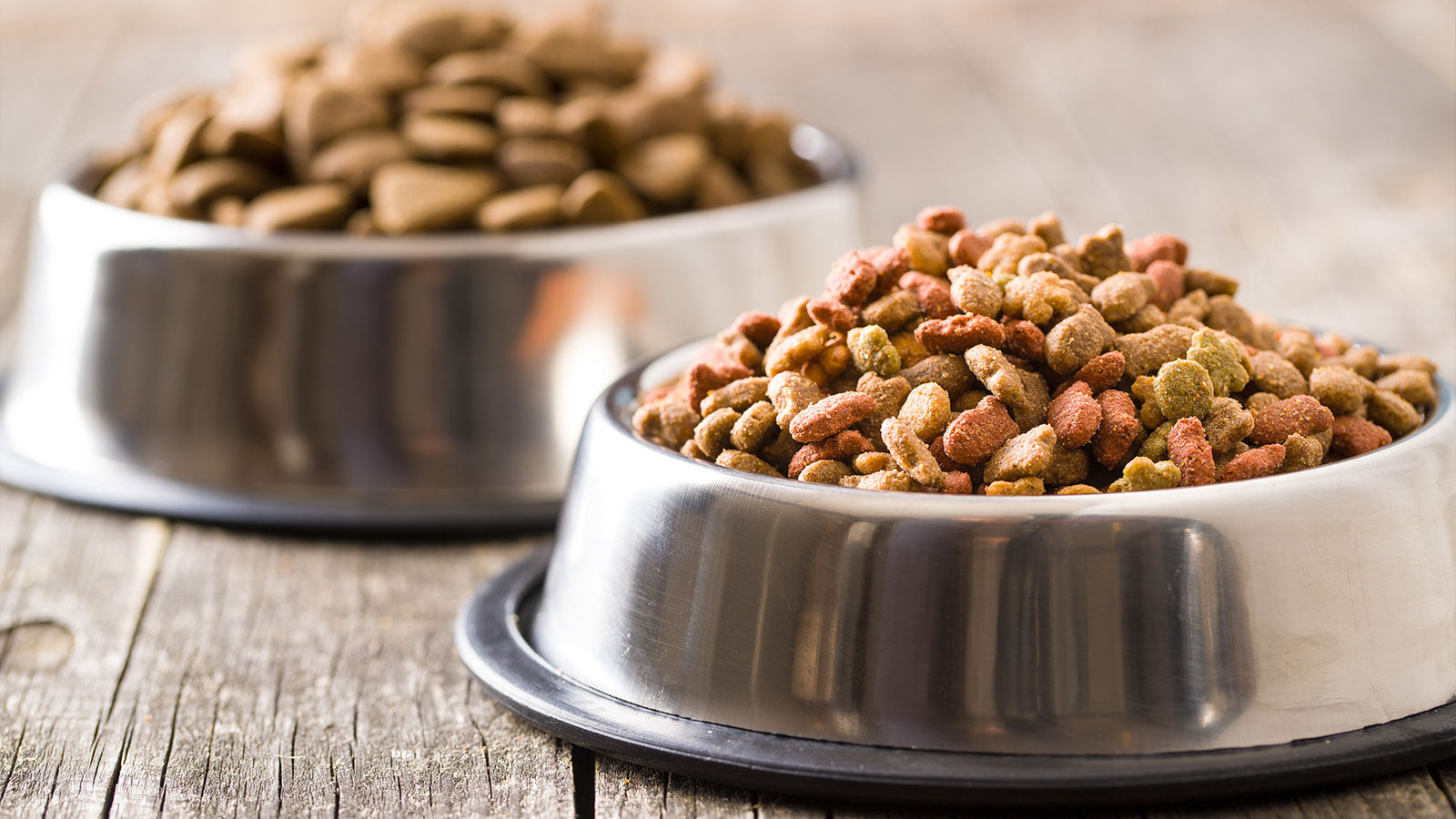The pet food industry is highly competitive, with companies constantly vying for a share of the lucrative market. With pet owners becoming increasingly conscious of their dogs' nutrition, manufacturers have developed various strategies to make their products appear more appealing and nutritious.
One such tactic is ingredient splitting, a practice designed to manipulate the ingredient list on dog food labels, giving the illusion of higher quality ingredients.
What is ingredient splitting? Ingredient splitting is a deceptive practice where manufacturers divide a single ingredient into multiple components to manipulate its position on the ingredient list. Since ingredients are listed by weight, splitting a lower-quality ingredient into smaller parts can push more desirable ingredients, like meat, higher up on the list. This makes it seem as though the food contains more of the premium ingredient than it actually does.
How Ingredient Splitting Works
Imagine you are creating a dog food recipe where peas are the main ingredient, but you want to highlight kangaroo meat as the primary ingredient. By splitting peas into "peas," "pea flour," and "pea protein," you effectively reduce the weight of each component, allowing kangaroo to rise to the top of the list. This tactic creates the illusion that kangaroo is the primary ingredient, when in reality, peas still make up the bulk of the food.
Common Examples of Ingredient Splitting
- Corn: Manufacturers often split corn into "corn gluten meal," "corn flour," and "whole ground corn."
- Rice: Variants like "whole rice," "white rice," "brown rice," "rice flour," and "rice bran" are used to mask the true quantity of rice.
- Potatoes: Ingredients such as "dried potatoes," "potato starch," "potato protein," and "potato flour" are all forms of the same base ingredient.
The Impact of Ingredient Splitting
Ingredient splitting not only misleads consumers but also distorts the nutritional profile of the dog food. While the label may suggest that the food is rich in meat, the reality is that it may contain far more plant-based fillers than actual animal protein. This is particularly concerning for dogs, which thrive on meat-based diets and may not get the nutrients they need from a carbohydrate-heavy product.
Spotting Ingredient Splitting
To protect your dog from low-quality food, it’s essential to be vigilant when reading ingredient lists. Look out for multiple variants of the same ingredient, especially grains and starches, which are commonly split. If you see several different forms of rice, corn, or potatoes on the label, there’s a good chance the manufacturer is using ingredient splitting to disguise the true composition of the food.
The Myth of Grain-Free Diets
Many dog owners turn to grain-free diets, believing they are providing a healthier option for their pets. However, grain-free does not mean carbohydrate-free. Manufacturers often replace grains with other starches, like peas and potatoes, which are still carbohydrates. These ingredients are frequently subject to splitting as well, further diminishing the actual meat content in the food.
The Reality of Cooking and Processing
Another factor to consider is the impact of cooking and processing on ingredients. Ingredients like fresh meat contain a significant amount of water, which adds to their weight before processing. However, once cooked, the moisture evaporates, reducing the overall weight and shifting the ingredient lower on the list. This means that foods listing fresh meat as the first ingredient may still contain more fillers than meat after processing.
Making Informed Choices
Understanding ingredient splitting is crucial for making informed choices about your dog's diet. By recognizing this deceptive practice, you can better assess the true quality of the food you’re purchasing and ensure that your dog is getting the nutrition they need. Always read labels carefully, consider the position of ingredients, and be wary of products that list multiple forms of the same ingredient.
Conclusion
Ingredient splitting is a widespread practice in the pet food industry, designed to make products appear more nutritious than they are. By breaking down lower-quality ingredients into smaller components, manufacturers can manipulate the ingredient list and mislead consumers. To ensure your dog receives a high-quality diet, it's essential to be aware of this tactic and scrutinize labels for signs of splitting. Ultimately, informed pet owners can make better choices that support their dogs' health and well-being.






Κοινοποίηση:
The Hidden Dangers of Synthetic Vitamins and Minerals in Pet Foods
Are Grain-Free Diets Truly Beneficial for Dogs?